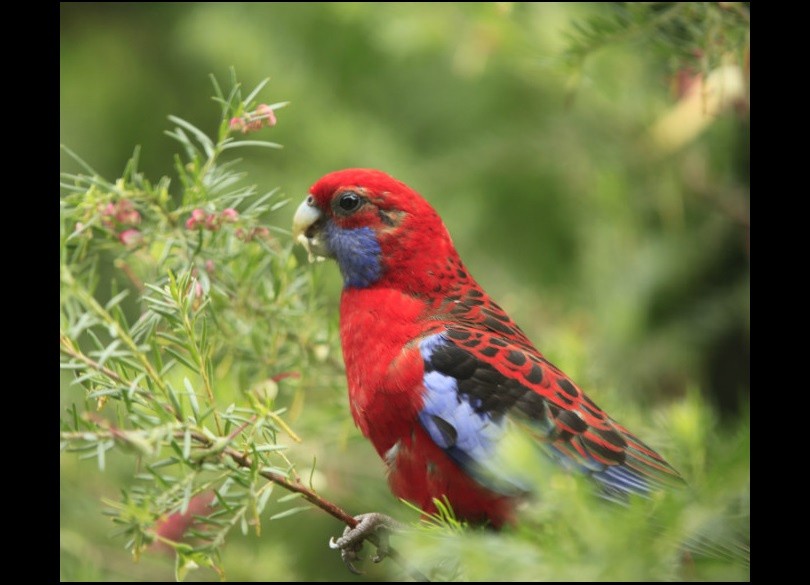A time-lapse showed the Australian National Park in Northern New South Wales (NSW) recovering from a bushfire that raged Australia last summer.
The impressive footage captured by the NSW Environmental Trust's Feral Cat Project team shows how life blossomed from the burned woodland, as shown by Daily Mail.
The clip shows the ground turns to green as ferns and grasses grow, and the park returns to normal.
After devastation comes recovery. This timelapse caught by the NSW Environmental Trust's Feral Cat Project team shows how bushland in Northern NSW is recovering after last summer's fires. #NSWfires pic.twitter.com/ILsgFAWs3E — Department of Planning, Industry and Environment (@NSWDPIE) May 19, 2020
However, the Feral Cat Project researchers captured this by accident by tracking the behavior of feral animals in NSW national parks. It was then released on Twitter by the NSW Department of Planning, Industry, and Environment on Tuesday, May 19.
Last summer, bushfires charred over 5.5 million hectares of land in NSW, which is around 7% of the state's total land area. It was estimated to destroy the habitat of at least 293 endangered animals and 680 endangered plants.However, the government's early retrieval efforts included food drops for the state's Brush-tailed Rock-wallabies.

An entire colony at Kangaroo Valley on the New South Wales South Coast survived because of such effort.
NSW Environment Minister Matt Kean was ecstatic to hear that wallabies survived the blaze, as confirmed by monitoring cameras and GPS collars. 'It was great to hear the wallabies were in good health, with one wallaby identified as a joey that was not previously known,' said Kean.
Meanwhile, firefighters are already preparing for the coming next bushfire season. NSW fire team already began its hazard reduction burn program after the worst bushfire season in the state's history officially ended on March 31.
NSW's worst bushfire
While some of the world's ancient rainforests lie in the Australian state of New South Wales, they are also imperiled by bushfires during summer. These forests are "normally vibrant, green and lustrous," NSW Nature Conservation Council ecologist Mark Graham told ScienceNews. He claimed these forests feed the soul and bring peace.
Australia experienced the hottest and driest year last year after 120 years. It recorded drought and heatwaves, which burned over 50% of the Gondwana Rainforests World Heritage Area. Graham aired concern "about the long-term viability of these globally significant forests."
Overall, the fire raged to about 115 threatened plant and animal species, particularly in eucalypt forests in southeast Australia.

Meanwhile, some plant species do not just tolerate fire, but they even depend on it. Their seeds require the heat and smoke of bushfires to germinate and sprout.
Over time, experts say some fire-tolerant forests could eventually grow into grasslands while wet forests and rainforests could gradually turn into dry forests. During this recent fire season, those changes may have been started already.
"The margins and parts of the [rainforest] core have been compromised, which means future fire events can penetrate deeper into what were previously permanently wet refuges," Graham added.
While scientists have not yet studied how the forests can look like after the recovery, a pyrogeographer at the University of Tasmania in Hobart David Bowman told Science News that only a continental-scale pyrogeographic experiment can foresee that.




